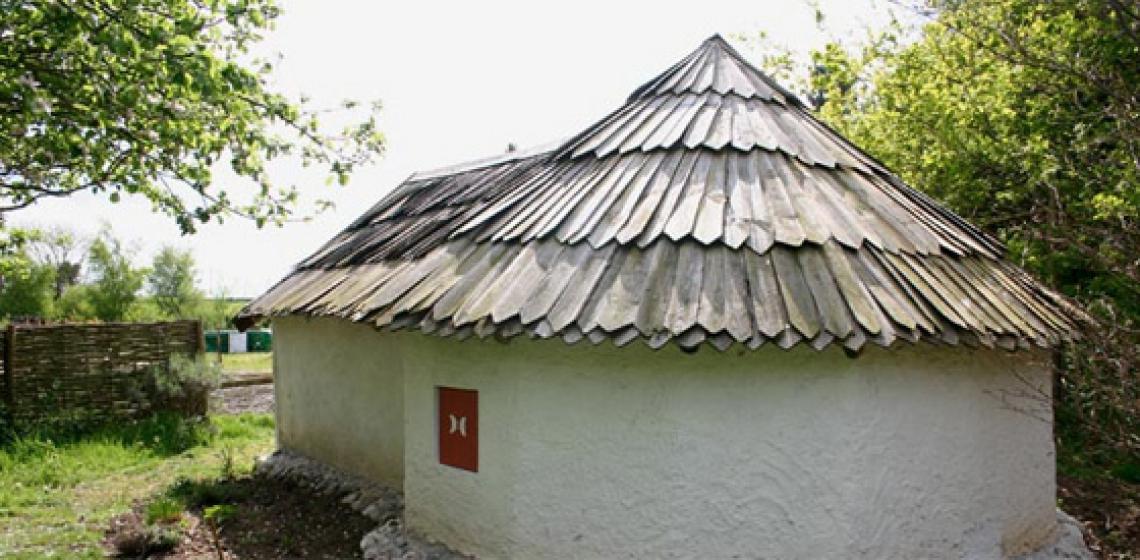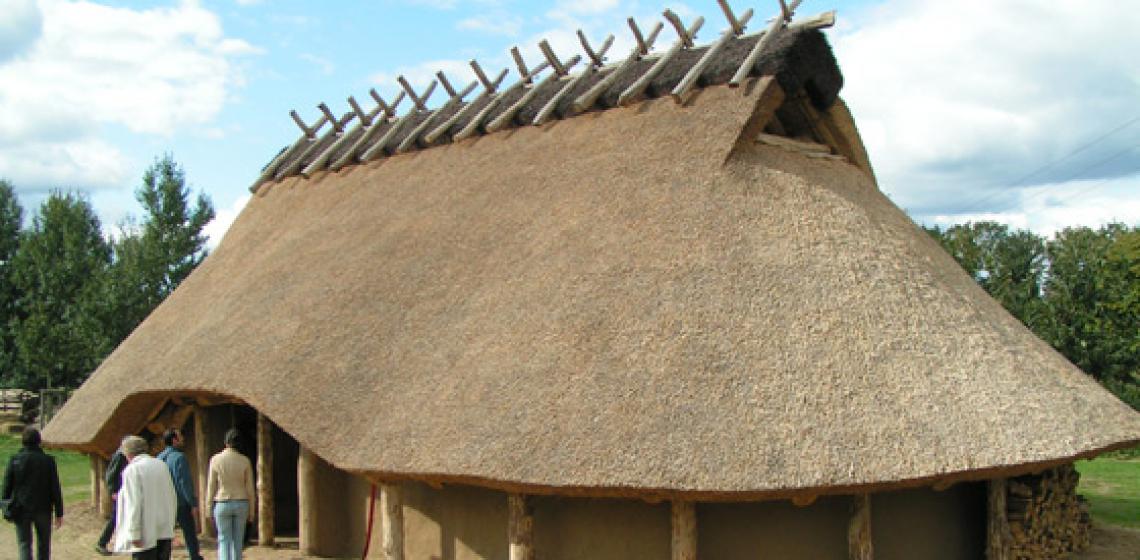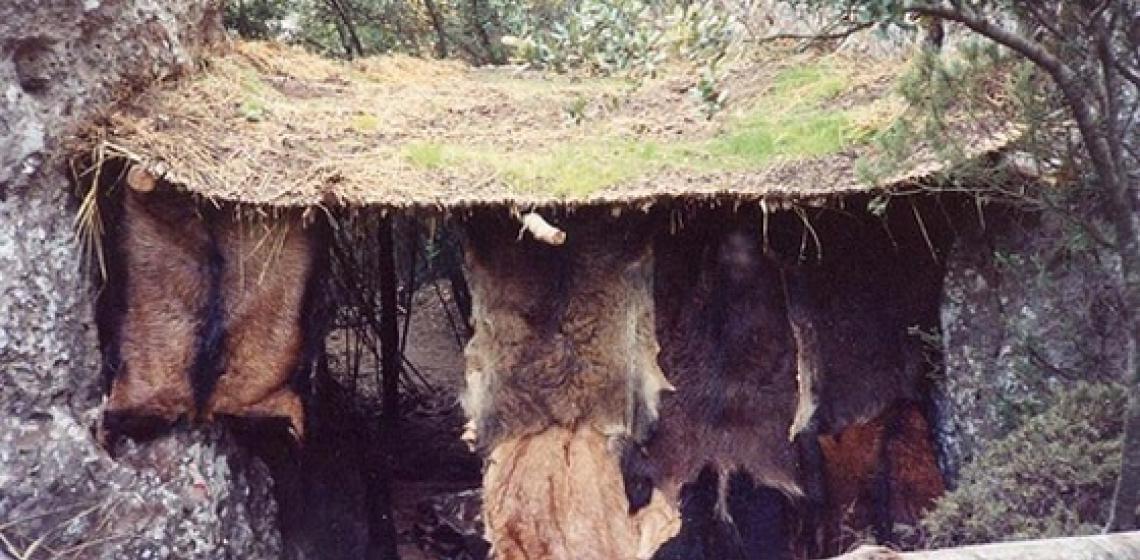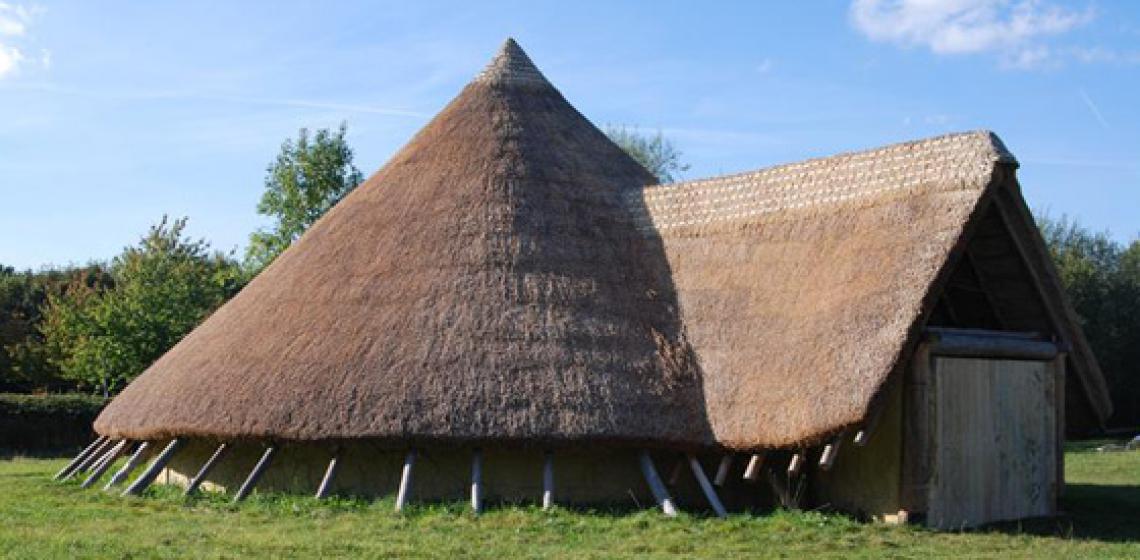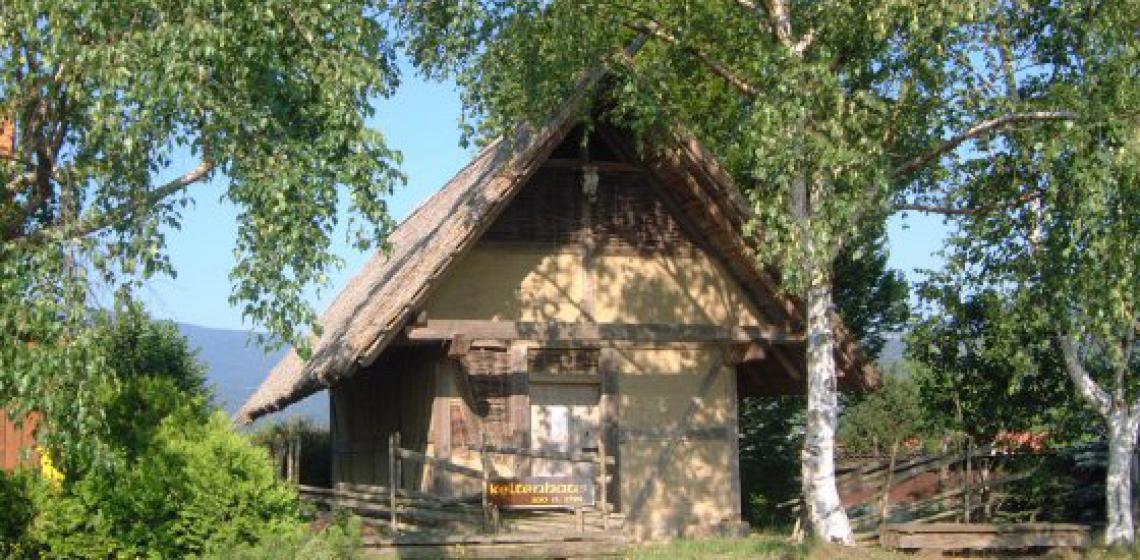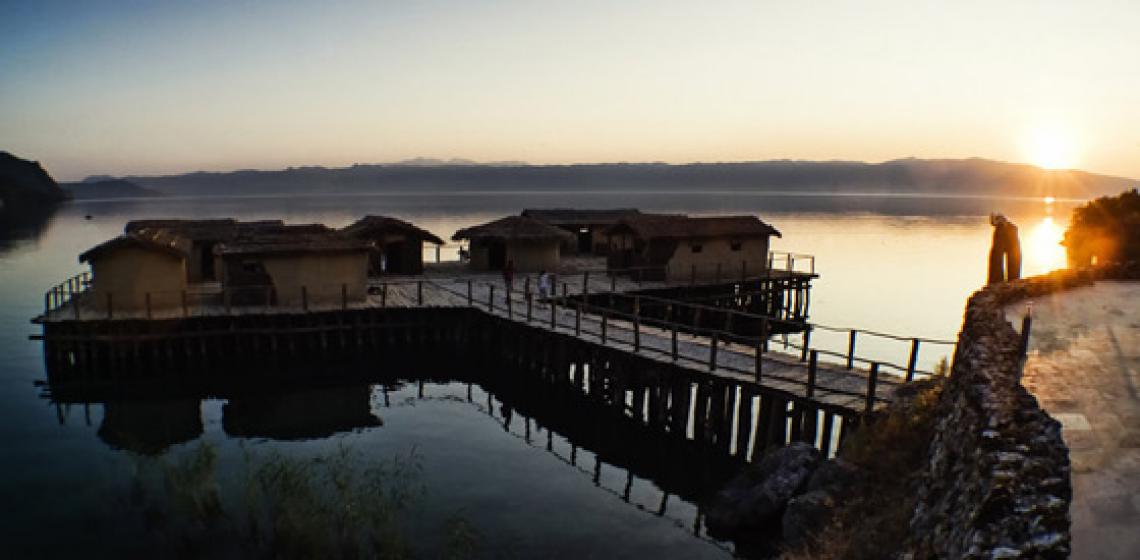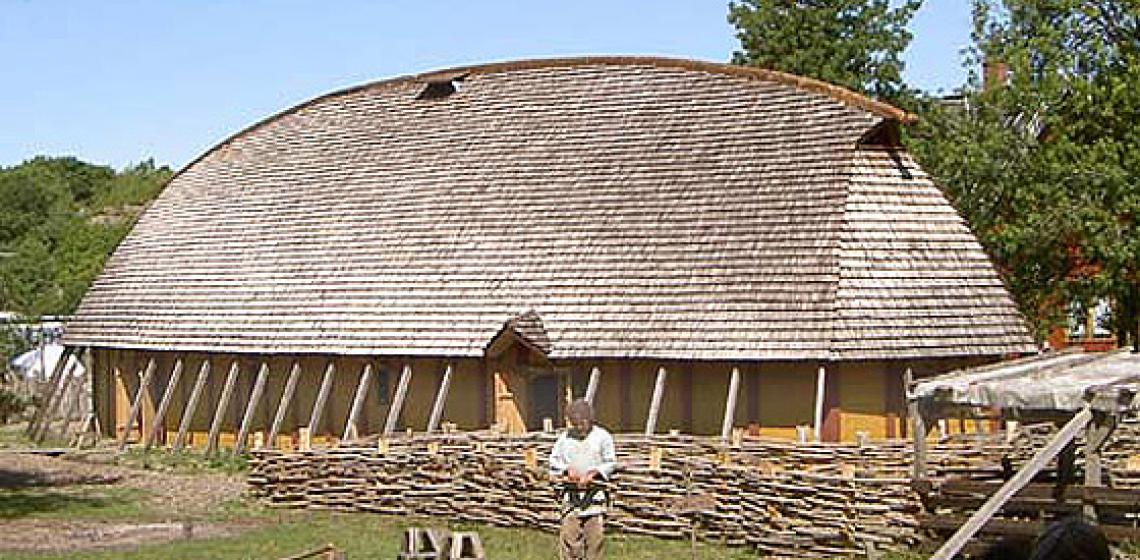Escape (UK)
ESCAPE stands for Eceni Study Centre and Permaculture Experience. Here, Steve and Jo Parish (“Past Alive”) focus on an Iron Age tribe known as “Iceni” or “Ecen”, constructing a farmstead depicting the period around 60 AD.
ESCAPE stands for Eceni Study Centre and Permaculture Experience. Here, Steve and Jo Parish (“Past Alive”) focus on an Iron Age tribe known as “Iceni” or “Ecen”, constructing a farmstead depicting the period around 60 AD...

